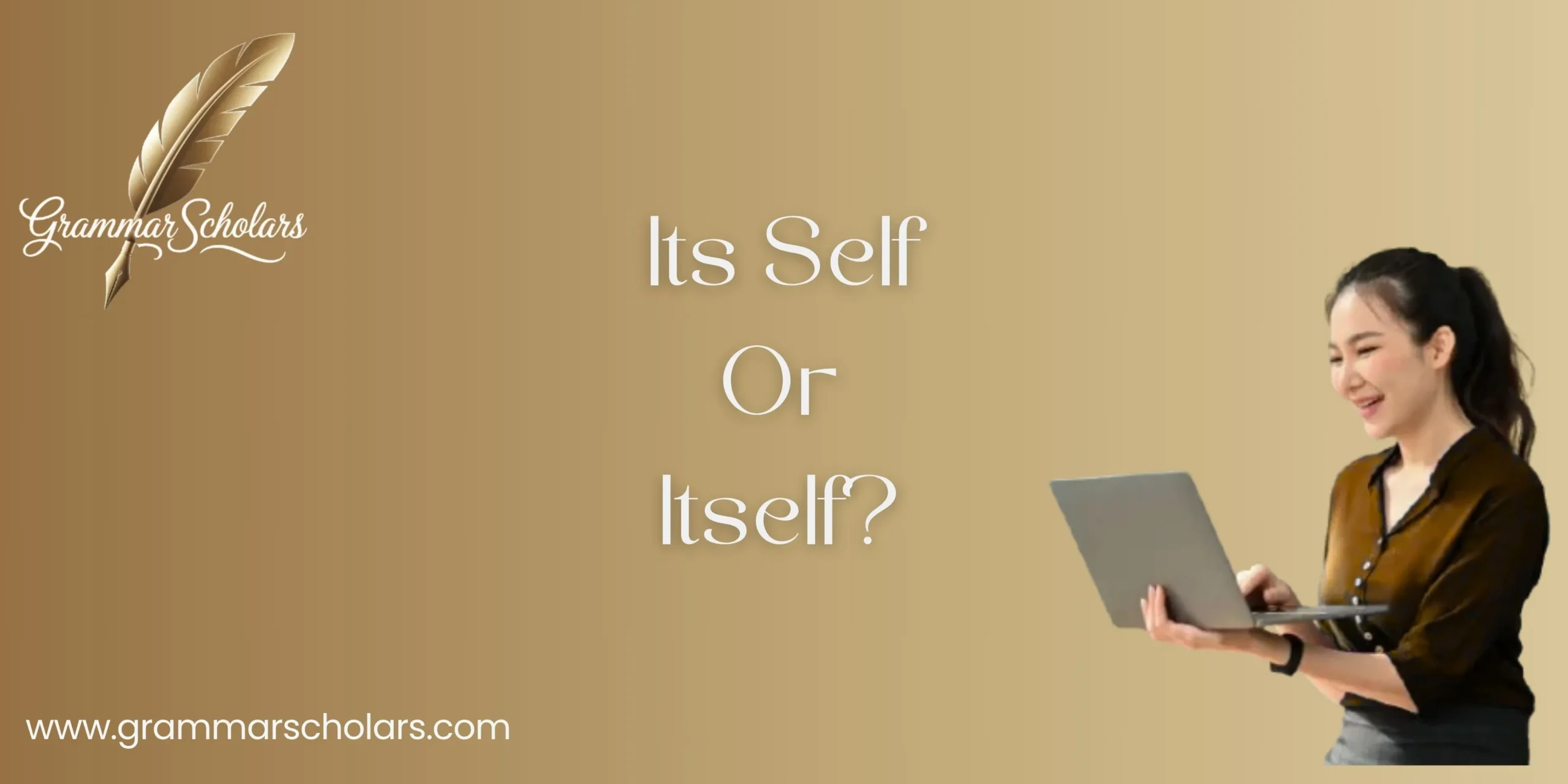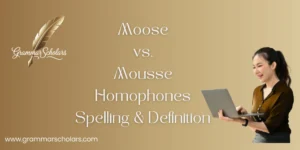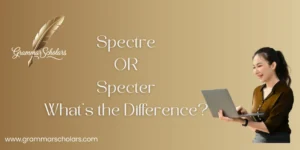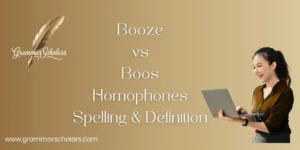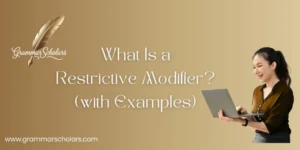English learners often confuse its self or itself, especially when refining their writing style. While the difference seems subtle at first glance, it’s crucial in proper grammar. I once composed a professional report and mistakenly used its self instead of itself, completely shifting the meaning of my sentence. That small typographical error exposed a gap in my mastery of proper usage. In English grammar, itself functions as a *reflexive pronoun, meaning it points back from the object to the subject, acting like its own self. In contrast, its self is a rare construction, used only when “self” acts as a noun, such as in philosophical writing: “Its self was lost.”
This subtle phraseology can confuse everyday communication, so having a clear understanding of which usage fits each scenario is essential.
Using examples and tables showed me the correct form and helped me avoid incorrect phrasing. A concise guide to usage rules, along with sentence structure analysis and clear explanation, clarified the context, syntax, and semantic layers involved. For anyone seeking clarity in expression, mastering the function, morphology, and proper handling of pronouns is a must. It’s not only about dodging errors, but also about upgrading your style, tone, and clarity improvement overall. When creating educational content or offering feedback on grammatical choices, I always highlight the value of error prevention. Understanding the distinction between these terms provides a solid breakdown of grammar rules and boosts the structure, precision, and confidence in your writing and communication.
Why “It is Self” vs “Itself” Confuses So Many People
Let’s be honest: even native English speakers mess this up.
You might come across a sentence like:
“The company prides its self on innovation.”
But something about that doesn’t feel right- and you’re correct to question it.
Why does this matter?
- In professional communication, grammatical mistakes can undermine your credibility.
- Misusing a word- even subtly- can change the tone or clarity of your message.
- Reflexive pronouns, possessives, and contractions get confused easily because they look similar.
If you’ve ever second-guessed yourself while writing “its self” or “itself,” you’re not alone. But by the end of this guide, you’ll never hesitate again.
Quick Reference: “It’s Self” vs “Itself” (and Other Lookalikes)
Here’s a quick comparison to help you spot the difference right away:
| Term | Type | Correct Usage Example | When to Use |
| Itself | Reflexive pronoun | The cat cleaned itself. | When the subject and object are the same. |
| Its self | Noun phrase (rare) | Itself was shaped by trauma. | Used in philosophical or spiritual texts (identity or awareness). |
| Its | Possessive pronoun | The dog lost its bone. | To show possession (never with an apostrophe). |
| It’s | Contraction | It’s going to rain today. | Short for “it is” or “it has.” |
Keep this table handy. It summarizes 95% of the confusion people face when dealing with these phrases.
Understanding “Itself”: The Reflexive Pronoun
“Itself” is a reflexive pronoun- just like “myself,” “yourself,” “herself,” and “themselves.”
You use it when the subject of the sentence is doing something to itself. This is the standard and correct use in most modern English writing.
Examples of “Itself” in Action
- The robot shut itself down.
- The country prepared itself for the storm.
- The business prides itself on customer service.
In all of these, the subject (robot, country, business) is also the object of the action.
Basic Rule
Use “itself” when the subject and object are the same thing.
What Are Reflexive Pronouns, Anyway?
Reflexive pronouns refer back to the subject of the sentence. They always end in -self (singular) or -selves (plural).
Here’s a quick list for reference:
| Subject | Reflexive Pronoun |
| I | myself |
| You | yourself |
| He | himself |
| She | herself |
| It | itself |
| We | ourselves |
| They | themselves |
Why Use Reflexive Pronouns?
- To show that the subject and object are the same
- To emphasize a subject (“The CEO herself attended the meeting.”)
- To avoid ambiguity
Example:
The dog bit itself – (correct) The dog bit it – (could mean something else entirely)
The Rare Use of “Its Self” in Philosophy and Religion
Now here’s where it gets interesting.
Sometimes, “it’s self” is used as two separate words. This isn’t a grammar error- it’s a valid usage in philosophical, religious, or psychological writing.
Why Use “Its Self”?
In these contexts, “self” is a noun, not a pronoun. It refers to identity, consciousness, or the inner being.
Examples of Proper Usage
- The ego is shaped by itself and not just by external forces.
- The divine reveals its self through sacred texts.
- A mind becomes aware of its self through meditation.
This type of writing is usually more abstract and stylized. It’s not wrong, but it’s very rare in everyday writing.
Tip: If you’re not writing a spiritual book or deep psychological essay, you rarely need to use “its self.”
Common Grammar Mistakes With “It’s,” “Its self,” or “Itself”
Let’s face it- English grammar is packed with words that look alike but mean completely different things.
Here are the most common slip-ups:
Mistake 1: Mixing Up “It’s” and “Its”
Incorrect
The dog chased its tail. ❌
Correct
The dog chased its tail. ✅
“It’s” = it is or it has “Its” = possessive form of “it”
Mistake 2: Using “Its Self” Instead of “Itself”
Incorrect
The system reset itself. ❌
Correct
The system reset itself. ✅
Mistake 3: Overusing Apostrophes
- Wrong: Its’ (this is never correct)
- Right: Its (possessive), It’s (contraction)
When “It’s” Is Not “Its”: Understanding Contractions
Contractions make language more fluid. But they are also confused when apostrophes come into play.
“It’s” always means “it is” or “it has.”
Examples:
- It’s going to be a long night. = It is
- It’s been a tough year. = It has
Never use “it’s” when you mean possession. That’s what “its” is for.
Pro Tip to Remember
If you can replace it with “it is” or “it has,” then “it’s” is right. If not, use “its.”
Understanding Possessive Pronouns (And Why “Its” Doesn’t Use an Apostrophe)
Most possessive nouns use apostrophes:
- The dog’s collar
- The company’s logo
But possessive pronouns don’t:
| Pronoun | Possessive Form |
| He | his |
| She | her |
| It | its |
| They | their |
| You | your |
| We | our |
That’s why “it’s”– like “his” or “her”- doesn’t need an apostrophe.
Real-Life Examples From Literature and Media
Let’s look at some actual examples.
Correct Use of “Itself”
“The mind is its place, and in itself can make a Heaven of Hell, a Hell of Heaven.” – John Milton, Paradise Lost
“The machine taught itself to learn.” – MIT Technology Review
Rare Use of “Its Self”
“In the mirror, the being saw its self and shuddered.” – Psychological Fiction
“In surrender, the soul meets its self.” – Spiritual Text
Mini Quiz: Can You Spot the Error?
Choose the correct form in each sentence:
- The computer fixed (its self / itself overnight.
- A business defines (its self / itself through its actions.
- The baby found (its / it’s) thumb and started sucking.
- The lion groomed (its / it’s) mane.
- (It’s / It’s) been a pleasure working with you.
Answers:
- itself ✅
- it’s self ✅ (in a philosophical sense)
- its ✅
- its ✅
- it’s ✅
Writing Tips to Avoid Mistakes
Here are some helpful hacks and tools:
- Mnemonic: If you can say “it is,” then use “it’s.”
- Use grammar tools like Grammarly or Hemingway for feedback.
- Read your writing out loud- errors stand out more clearly.
- Double-check possessives and contractions during proofreading.
Why These Subtleties Matter
Grammar isn’t just for teachers. It shapes your credibility in:
- Professional emails (bosses notice errors)
- Marketing copy (your audience notices, too)
- Academic writing (grades depend on precision)
- Everyday communication (respect for language = respect for readers)
When you say what you mean- clearly and correctly- people trust you more.
Final Takeaways: Mastering “Itself” and “Its Self”
Here’s what to remember:
- “Itself” = reflexive pronoun for “it”
- “It’s self” = rarely used, philosophical term for identity
- “Its” = possessive form of “it” (no apostrophe)
- “It’s” = contraction of “it is” or “it has”
Get these right, and your writing will always look sharp and professional.
Further Reading and Related Topics
- Teeth vs. Teethe – What’s the Difference?
- Shall vs. Will: A Practical Guide
- Would or Could: Common Mix-Ups Explained
- Consignor vs. Consignee: Logistics Lingo Made Simple
- What Is a HIE? – Definition & Meaning
Final Thought
Grasping the difference between “its self” and “itself” might seem like splitting hairs, but it’s a key sign of clear, thoughtful writing. Whether you’re aiming for professional polish or simply want to avoid common grammar mistakes, understanding when and why to use each form will boost your confidence and communication skills. Stick with “itself” in almost every situation, and reserve “its self” for those rare, deeper philosophical contexts. Master the nuance, and your language will reflect your precision and credibility.
Frequently Asked Questions (FAQs)
What is the difference between “its self” and “itself”?
“Itself” is a reflexive pronoun used in everyday grammar to refer back to the subject. “Itself” is a rare, philosophical construction referring to the identity or essence of something. In 99% of situations, “itself” is the correct choice.
Is “its self” ever grammatically correct?
Yes, but only in specific contexts- usually in philosophy, psychology, or religion- where “self” is a standalone noun (not a pronoun) and refers to consciousness or identity. Example: “The soul becomes aware of itself.”
Why doesn’t “its” have an apostrophe when it’s possessive?
Because “its” is a possessive pronoun, and English possessive pronouns like his, hers, its, ours do not use apostrophes. The apostrophe is only used in “it’s” to signify a contraction for “it is” or “it has.”
Can I use “it’s” to show possession?
No. “It’s” is only a contraction of “it is” or “it has.” If you want to show that something belongs to “it,” use “its” without an apostrophe.
How can I make sure I’m using the correct form in writing?
Use this trick:
- If you can replace it with “it is” or “it has,” then “it’s” is correct.
- If you’re referring back to a subject doing something to itself, use “itself.”
Only use “its self” in deeply reflective or philosophical contexts.
